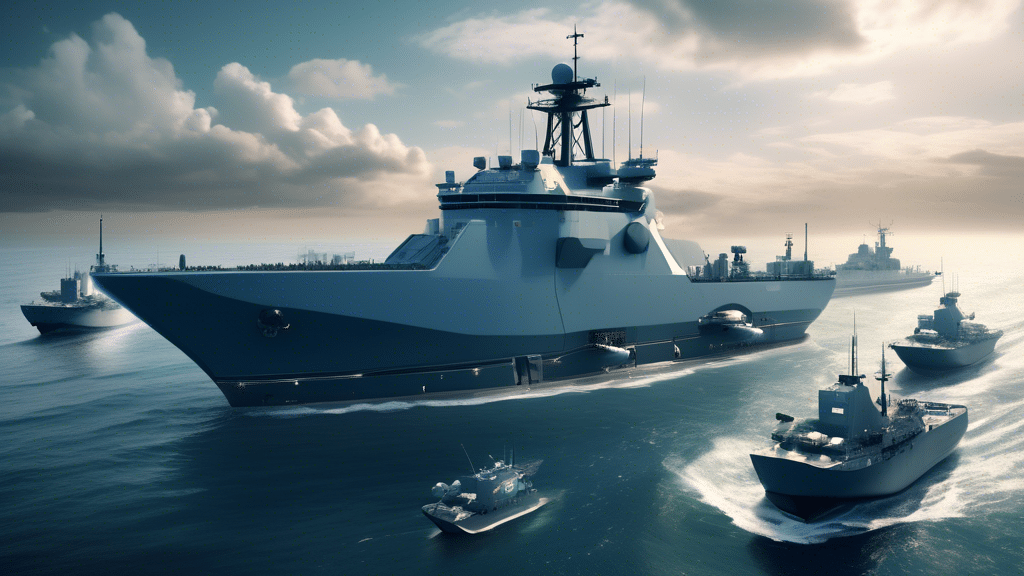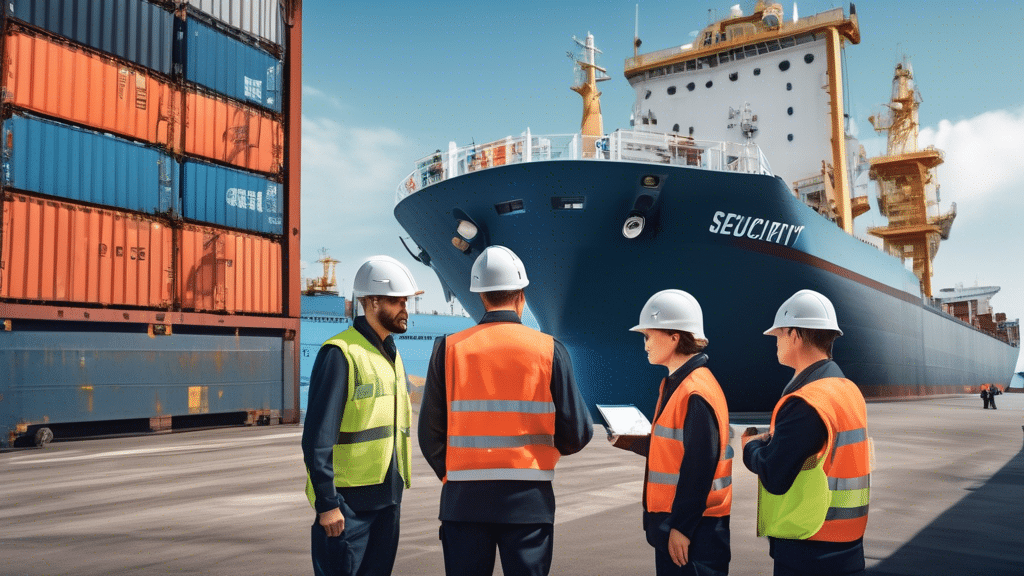Maritime law, also known as admiralty law, is a distinct body of law governing nautical issues and private maritime disputes. It covers a broad spectrum of matters, from shipping and navigation to the legal status of vessels and marine insurance. For security officers operating in maritime environments, understanding these laws is essential to ensure compliance, safety, and effective incident management.
Understanding Maritime Jurisdictions
One of the first steps in navigating maritime law is comprehending the different jurisdictions that apply at sea. The law of the sea divides maritime space into various zones, each subject to different legal regimes:
- Territorial Waters: These extend up to 12 nautical miles from a country’s coastline. Within this zone, the coastal state exercises sovereignty, subject to certain international rights such as innocent passage.
- Exclusive Economic Zones (EEZ): Extending up to 200 nautical miles from the coast, this zone grants the coastal state rights for exploring, exploiting, conserving, and managing natural resources.
- High Seas: Beyond the EEZ, the high seas are open to all states. Here, international law prevails over national legislation, ensuring the freedoms of navigation, fishing, and overflight.
Key Legal Instruments
Several international conventions and treaties play a crucial role in governing maritime law, with significant implications for security officers:
- United Nations Convention on the Law of the Sea (UNCLOS): This comprehensive treaty establishes the legal framework for all maritime activities, including navigation, environmental standards, and territorial disputes.
- International Ship and Port Facility Security (ISPS) Code: Implemented under the International Maritime Organization (IMO), this code sets minimum security arrangements for ships, ports, and government agencies.
- Maritime Labour Convention (MLC): Regulates the working conditions and rights of seafarers, covering aspects such as health and safety, crew accommodations, and employment terms.
Roles and Responsibilities of Security Officers
Security officers aboard vessels and in port facilities have critical roles in ensuring adherence to maritime law. Their duties include:
- Conducting Security Assessments: Regular evaluations of ship and port security to identify potential threats and vulnerabilities.
- Developing Security Plans: Creating comprehensive security strategies in compliance with ISPS Code requirements, encompassing routine operations and emergency responses.
- Training Personnel: Ensuring that all crew members and port staff are informed about security protocols and understand their responsibilities under maritime law.
- Monitoring and Reporting: Keeping vigilant watch for suspicious activities and promptly reporting any security breaches to the relevant authorities.
Addressing Common Security Challenges
Maritime security officers often face several challenges in the line of duty, including:
- Piracy and Armed Robbery: Implementing anti-piracy measures, conducting regular drills, and maintaining communication with naval forces and security networks.
- Stowaways and Human Trafficking: Conducting thorough inspections of cargo and securing access points to prevent unauthorized boarding.
- Smuggling and Contraband: Cooperating with customs and border control agents to detect and intercept the illegal transport of goods and substances.
- Cybersecurity Threats: Protecting vital navigation and communication systems from cyber-attacks through robust IT security protocols.
Successfully navigating maritime law requires security officers to stay informed and proactive. By understanding legal jurisdictions, key international conventions, and best practices in security, officers can effectively safeguard marine operations. Continuous training, vigilance, and collaboration with global maritime authorities are essential elements in maintaining lawful, secure, and efficient maritime environments.








